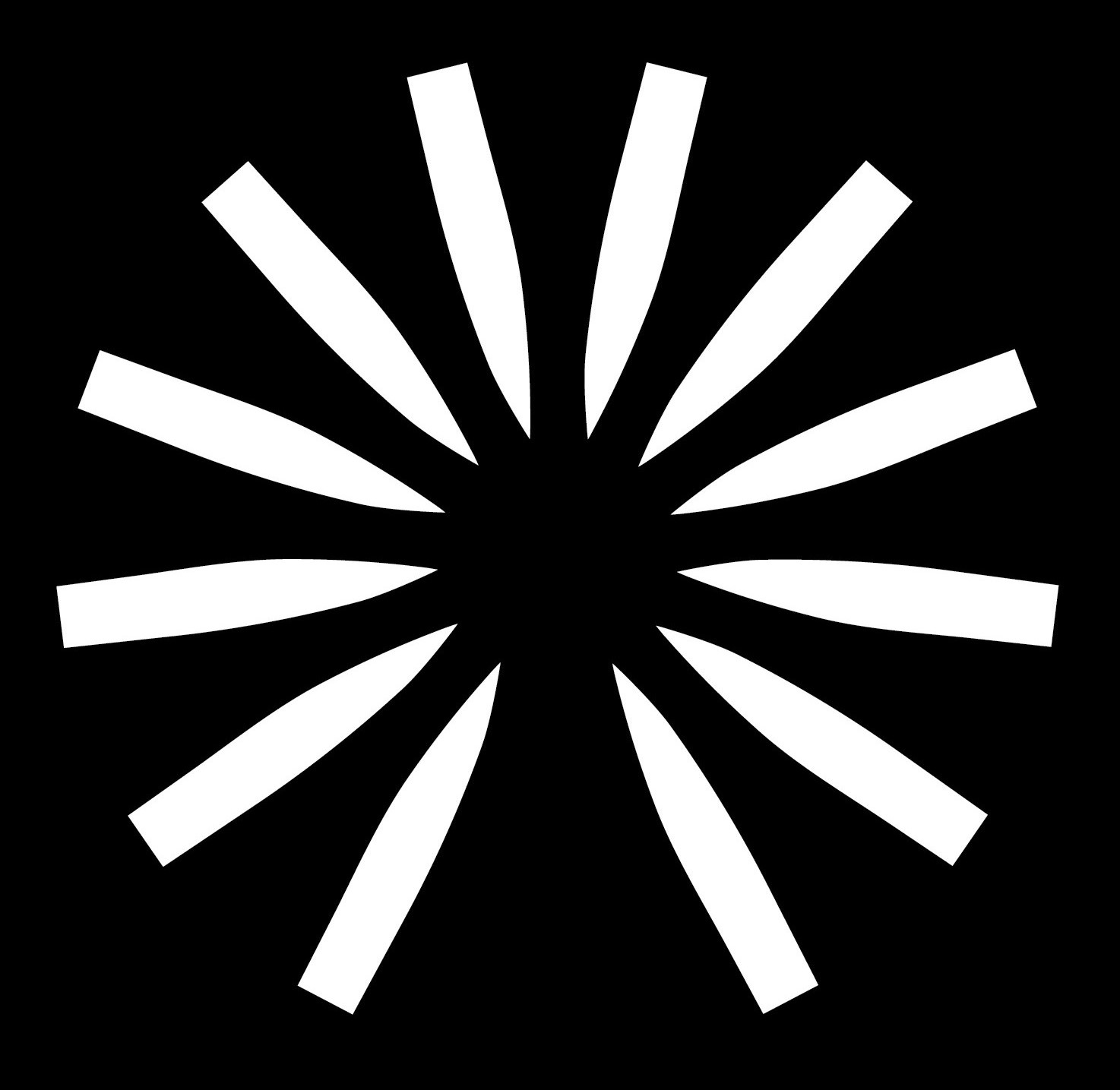
There’s a lot the Cubs can take away from the 2025 season. In Monday’s article, we highlighted four positive takeaways from this past year. Some of those positives included Michael Busch’s breakout campaign, Pete Crow-Armstrong’s historic 30-30 season, and Cade Horton’s emergence.
However, there are two glaring areas that the Cubs have to improve on if they want to be World Series contenders in 2026. These two areas played a key role in Chicago’s NLDS exit and are ultimately why this team will not compete for the title this year.
Year-Long Success From The Rotation
On paper, the Cubs actually had a solid rotation. Matthew Boyd, Shota Imanaga, Jameson Taillon, Colin Rea, and Cade Horton made the majority of starts for this team this year. Ben Brown (15 starts), Javier Assad (seven starts), and Justin Steele (four starts) also contributed to the rotation throughout the season.
Those eight different pitchers helped the Cubs finish with the eighth-best rotation ERA (3.83). Two of the teams above them, though, were the Los Angeles Dodgers (3.69 ERA) and Milwaukee Brewers (3.56 ERA) -- two teams that are facing each other in the National League Championship Series.
Although the Cubs had one of the better rotations in baseball, their inconsistencies throughout the year were definitely present. From March 18 until the All-Star break (July 13), Chicago had the 18th-best rotation ERA. That was due to some struggles from Rea (4.23 ERA), Taillon (5.57 ERA in June), and Brown (6.10 ERA) in the first half.
Then, we saw both Boyd and Imanaga not pull their weight in the second half. Boyd gassed out with a 5.51 ERA over his final nine starts, and Imanaga had a 5.17 ERA from July 25th onward.
You would like to see more consistency from this group for the entire year, especially from those pitchers at the top of your rotation (Boyd, Imanaga, and Taillon). Maybe having Steele back will help with that in 2026.
More Discipline At The Plate From The Youngsters
The Cubs were somewhat disciplined at the plate throughout the season. They had the seventh-most in walks and the sixth-fewest strikeouts in all of baseball in the regular season. Those are definitely encouraging numbers all around.
However, this is an area that the Cubs can improve on heading into 2026. Several players like Crow-Armstrong (41.7%), Matt Shaw (30.6%), and even Nico Hoerner (32.5%) had poor chase rates during the 2025 campaign.
Most notable of the bunch was Crow-Armstrong. His 41.7% chase rate ranked in the bottom 2% of the league, and his strikeout rate sat at 24% by the end of the season. Teams pitching to the All-Star outfielder knew exactly how to pitch to him by the second half.
Crow-Armstrong had just a 46.5% zone rate, meaning he saw a strike in the zone just 46.5% of the time. That was the second-lowest on the team in 2025. For context, Aaron Judge had just a 47.5% zone rate this past year, but given his low chase rate, he finished with an impressive 18.3% walk rate.
Shaw is also a player who needs to improve in this area. His 30.6% chase rate ranked in the 32nd percentile, and he wasn’t exactly swinging at pitches in the zone at a high rate. His 63.4% zone swing rate was the second-lowest on the Cubs this past season.
If the Cubs want to make it all the way next year, both Crow-Armstrong and Shaw need to be more disciplined at the plate. If those two youngsters could improve their chase rate, that would make this Chicago lineup even more dangerous in 2026.

